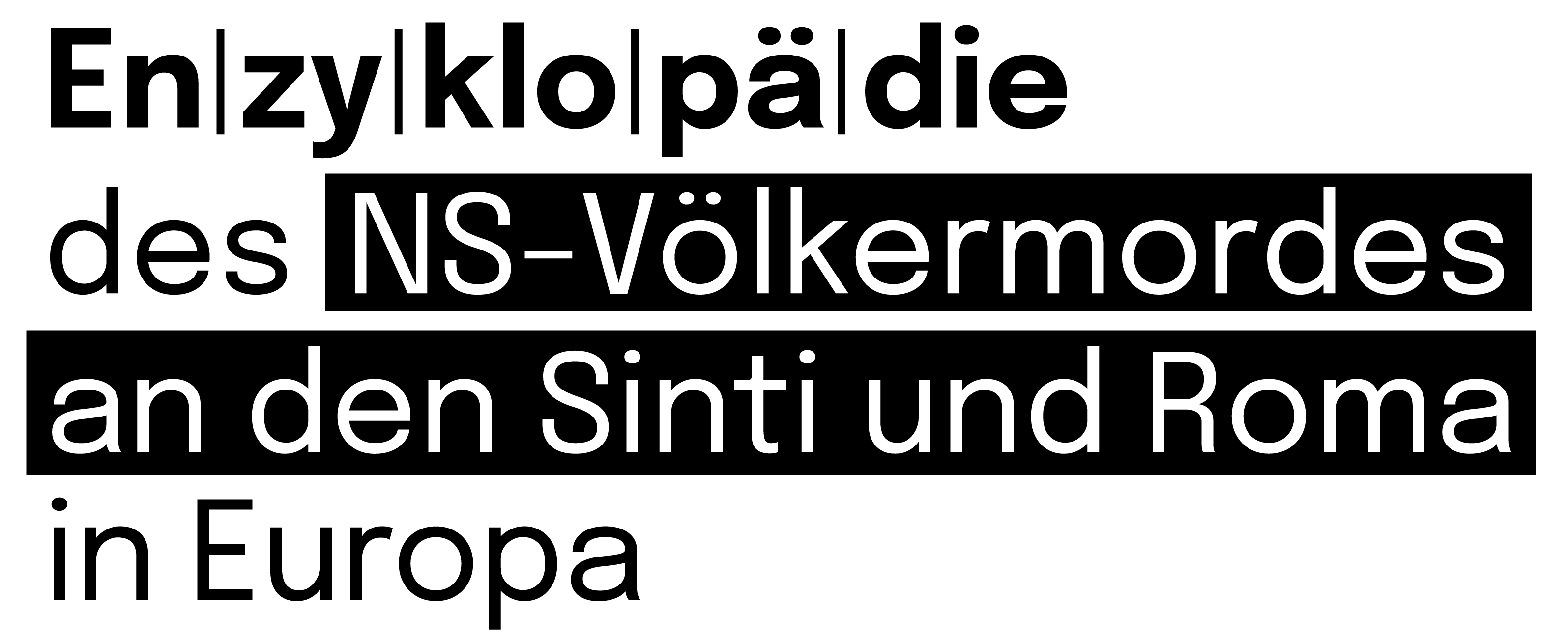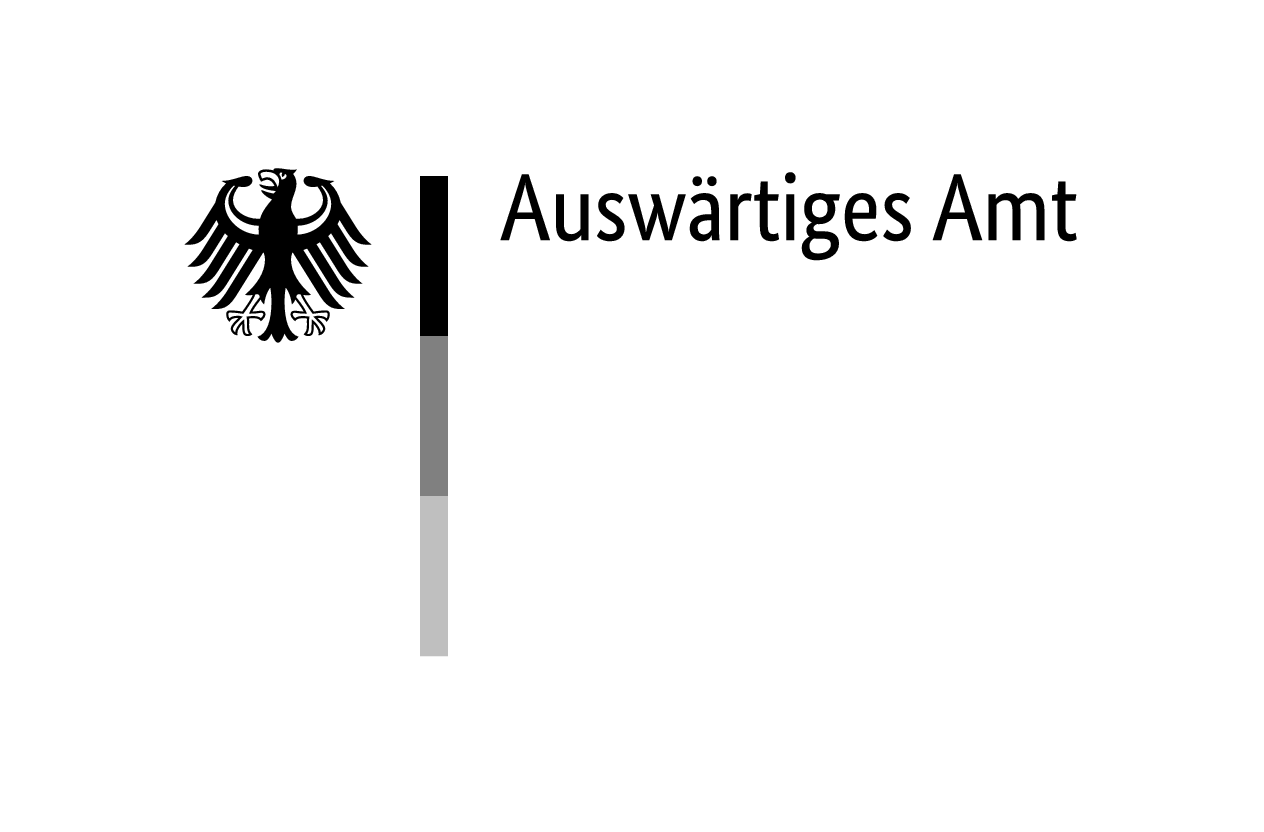The Fortunoff Video Archive for Holocaust Testimonies (FVAHT) began as a grassroots effort with the help of the Holocaust Survivors Film Project (HSFP) to record on videotape survivors and witnesses of the Holocaust in New Haven, Connecticut, United States of America, in 1979. The first, sustained effort of its kind, it was led by a group of volunteers, mostly survivors, such as William Rosenberg (1929–1996), born in Czestochowa, Poland, who was the head of the local Labour Zionist survivor organisation the Farband in New Haven. Rosenberg would serve as president of the HSFP. Two other persons who helped to establish the project were Dori Laub (1937–2018), a psychoanalyst and child survivor from Czernowitz, today Ukraine, and Laurel Fox Vlock (1926–2000), a local television reporter. In 1981, they gave an initial deposit of 183 testimonies to Yale University Library, thanks to the efforts of Professor Geoffrey H. Hartman (1929–2016), who had fled Frankfurt am Main, Germany, on a Kindertransport, and served as a well-regarded professor of comparative literature at Yale.
The Collection
Based on these recordings, an archive was established with a broad collecting scope: to include testimonies of Jewish and non-Jewish survivors of the camps and ghettos, meaning testimonies of Sinti and Roma too; witnesses who survived in hiding or who hid Jews; partisans and resistance fighters; liberators; witnesses who observed acts of oppression; individuals who assisted survivors postwar. The archive is named after Alan M. Fortunoff (1933–2000), who made a significant gift to establish an endowment for the archive. The archive still records testimonies in New Haven. It now encompasses ca. 12,000 hours of recorded material in 20 different languages from North and South America, Europe, and Israel.
Testimonies of Roma and Sinti
FVAHT currently contains 48 testimonies of Roma and Sinti survivors, mostly in German and Slovak, and four in Romani. The Fortunoff Archive was one of the earliest audiovisual collections to record testimonies of Sinti and Roma in 1991. These were 18 recordings conducted by the anthropologist Gabrielle Tyrnauer (1931–2004) during this year. The rest of the recordings with Roma survivors are from other affiliated projects, including five testimonies recorded in 1996 by the Film and Sociology Foundation (Nadace Film & Sociologie) in Prague, a testimony with Krystyna Gil (1938–2021), a survivor of the Szczurowa massacre in German occupied Poland, recorded on 13 May 1995, and 24 testimonies recorded in Eastern Slovakia between 1998 and 2000 by the Milan Šimečka Foundation (Nadácia Milana Šimečku, NMŠi) from Bratislava. Due to the lack of legal release forms, the 24 recordings from the NMŠi are currently inaccessible for a wider scholarship.
In the meantime, many testimonies in the FVAHT (79) discuss the experiences of Sinti and Roma from the perspective of Jewish survivors. They describe their relationships with Sinti and Roma prisoners in the camps, and the deportations and the struggle for survival of Sinti and Roma, for instance in Auschwitz-Birkenau concentration and extermination camp.
The Fortunoff Archive, in its pursuit of an ethical, survivor-centered approach, has policies in place that safeguard privacy, as well as control the use and access to testimonies.




